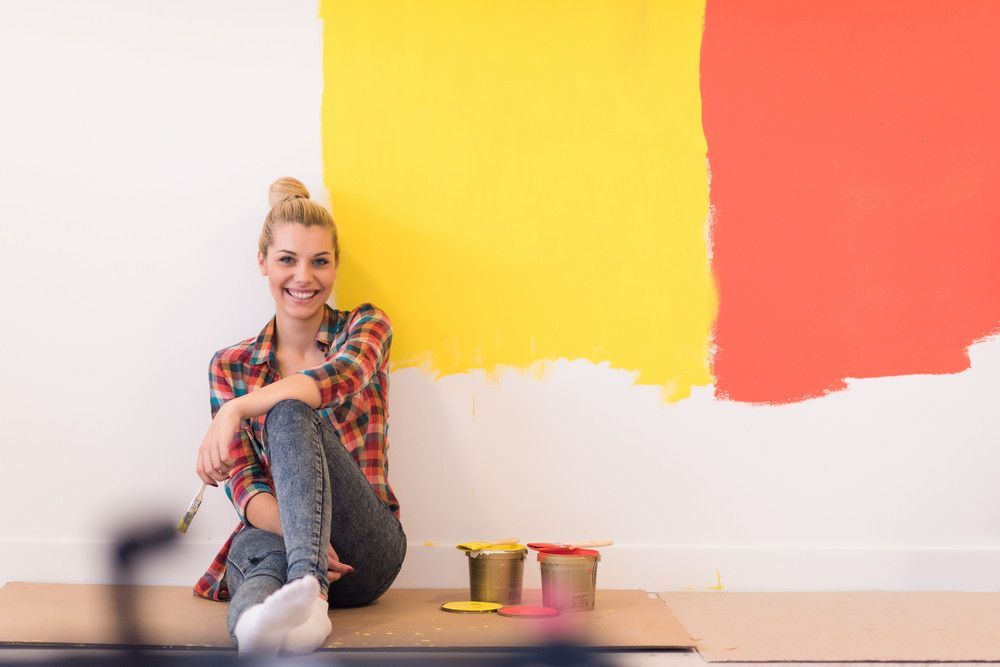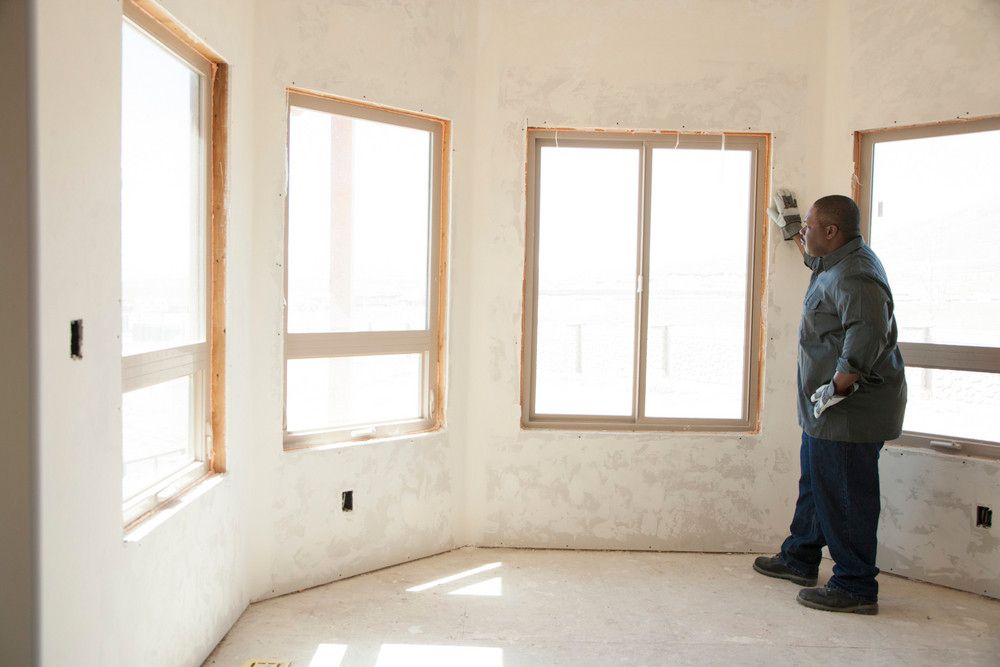You have decided to paint your interior. Maybe it's because your paint looks a little worn and it needs a refresh. Maybe your residential drywall services provider just finished the walls in a new room. Or perhaps your home is one of the 57 million homes that predates the 1978 government ban on lead paint and you need to reduce your children's exposure to the health risks posed by lead paint.
Whatever the reason, residential interior painting services can give your home an entirely new look and feel that you just cannot get any other way. But now you face one of the most difficult decisions in your interior painting project -- choosing a color.
Your paint color can fulfill many purposes including:
- Personalize your home
- Brighten or darken a room
- Emphasize a wall
- Create atmosphere
- Match furniture or artwork in the room
Start With What You Like
Whatever other purposes your paint job needs to serve, you should always start with colors you like. After all, you will need to live with the paint color every day, until you paint over it or leave the home. If you choose a paint color that you hate, or are indifferent toward, every day you will regret your decision. Like buying art, you should not choose it unless you can be happy looking at it all the time.
If your favorite color is too bold to paint the entire room, use your chosen color for an accent wall. This will give you a splash of color without overwhelming the room with your favorite color. Remember that not everyone will share your taste. You should use your favorite color judiciously when you hire residential interior painting services to paint your walls. Focused use can often give you a paint scheme that satisfies you and your guests.
Choose a Color Palette
A color palette is a set of related colors that work together to bring a desired feel to a room. Choosing a color palette usually requires a color wheel that organizes colors according to their relationships.
- Color wheels can be used to define color palettes using a few different theories:
- Complementary colors: Complementary colors are opposite to one another on the color wheel. They create the strongest possible contrast.
- Triadic colors: Triadic colors make an equilateral triangle on the color wheel. This means that these three colors are less contrasting and more harmonious than complementary colors.
- Analogous colors: Analogous colors are adjacent to each other on the color wheel. This creates a monochromatic (rather than contrasting) look. When using an analogous color palette, you usually choose a dominant color and use the analogous colors to accent it.
Working with a color palette can help you choose a paint color for your walls. For example, the color of your carpet could be one color of your color scheme and you could choose a wall color using one of these color palettes to contrast or harmonize with the color of the carpet.
Pull a Color From Your Furniture or Artwork
You can use a piece of furniture or artwork that you already love to choose a color for your walls. This guarantees that you will enjoy the color and that your walls will create a room that will match your decor.
For example, if you have a beloved sofa or a painting that has a splash of dark orange in it, you can use the same dark orange color for an accent wall. When viewed as a whole with your furniture and wall hangings, the orange color will accentuate the furniture or art and vice versa.
Residential interior painting services Houston TX can work with any color you choose. They can also help you choose a color or color palette that will make your space fit your personality.








